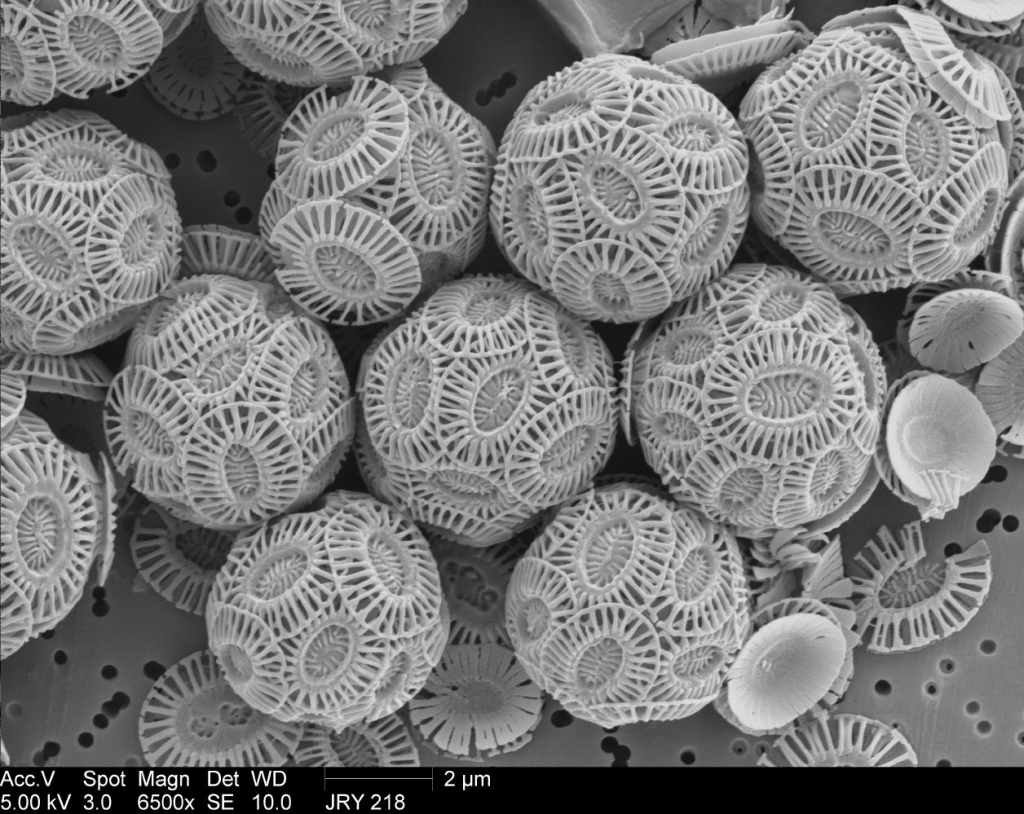-
Tips for becoming a good boxer - November 6, 2020
-
7 expert tips for making your hens night a memorable one - November 6, 2020
-
5 reasons to host your Christmas party on a cruise boat - November 6, 2020
-
What to do when you’re charged with a crime - November 6, 2020
-
Should you get one or multiple dogs? Here’s all you need to know - November 3, 2020
-
A Guide: How to Build Your Very Own Magic Mirror - February 14, 2019
-
Our Top Inspirational Baseball Stars - November 24, 2018
-
Five Tech Tools That Will Help You Turn Your Blog into a Business - November 24, 2018
-
How to Indulge on Vacation without Expanding Your Waist - November 9, 2018
-
5 Strategies for Businesses to Appeal to Today’s Increasingly Mobile-Crazed Customers - November 9, 2018
Increased carbon dioxide level in ocean causes rapid growth of
Anand Gnanadesikarn, an associate professor in Morton K Blaustein Department of Johns Hopkins, stated that something odd was happening, and it was happening at a significantly quicker pace than what it should have been.
Advertisement
Gnanadesikan notes that while the report is certainly is good news for creatures that eat coccolithophores, it is not clear whether the rapid growth in the tiny plankton’s population is harmful or beneficial to the planet. If anything, we expected that these sensitive calcifying algae would have decreased in the face of increasing ocean acidification (associated with increasing carbon dioxide entering the ocean from the burning of fossil-fuels).
The results could mean that many of our current ecosystem models may not accurately reflect the rapid changes that are taking place on our planet.
Sara Rivero-Calle, a Johns Hopkins doctoral student and lead author of the study, said their analysis from the CPR data is the best predictor of the increase in coccolithophores population.
Rivero-Calle goes on to say, “The consequences of releasing tons of Carbon dioxide over the years are already here and this is just the tip of the iceberg”. On the contrary scientists believe that the carbon dioxide emissions increase the acidity of oceans and this could make it more threatening for some species that live in them.
The CPR survey is a continuing study of plankton, floating organisms that form a vital part of the marine food chain. After the in-depth assessment, the data has unveiled that the higher level of carbon dioxide in earth’s oceans may lead to rise in the population of coccolithophores. “The results presented here are consistent with this and may portend, like the ‘canary in the coal mine, ‘ where we are headed climatologically”.
“Coccolithophores have been typically more abundant during Earth’s warm interglacial and high Carbon dioxide periods”, Balch explained. For example, the White Cliffs of Dover are white because of massive deposits of coccolithophores.
Gnanadesikan says the coccolithophores clearly represent a major shift in the ecosystem, but until we understand why, we can’t understand the driving influences of such a shift.
He added “We never expected to see the relative abundance of coccolithophores to increase 10 times in the North Atlantic over barely half a century”.
Since phytoplankton species depend on carbon dioxide in order to complete their photosynthesis, abundance in available CO2 would allow these microscopic organisms thrive and grow at a faster rate than normal.
Advertisement
The study appears in Science.




























